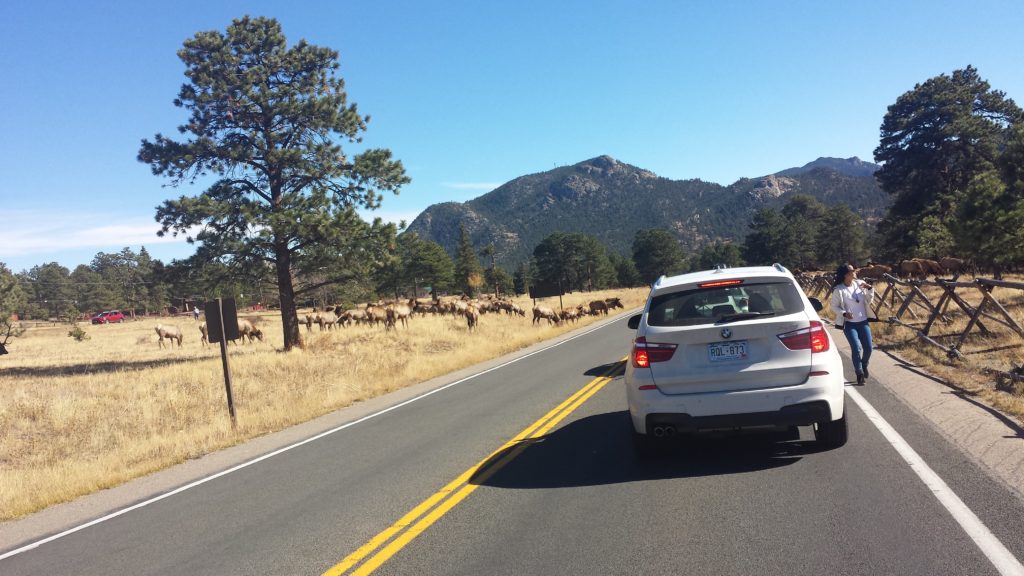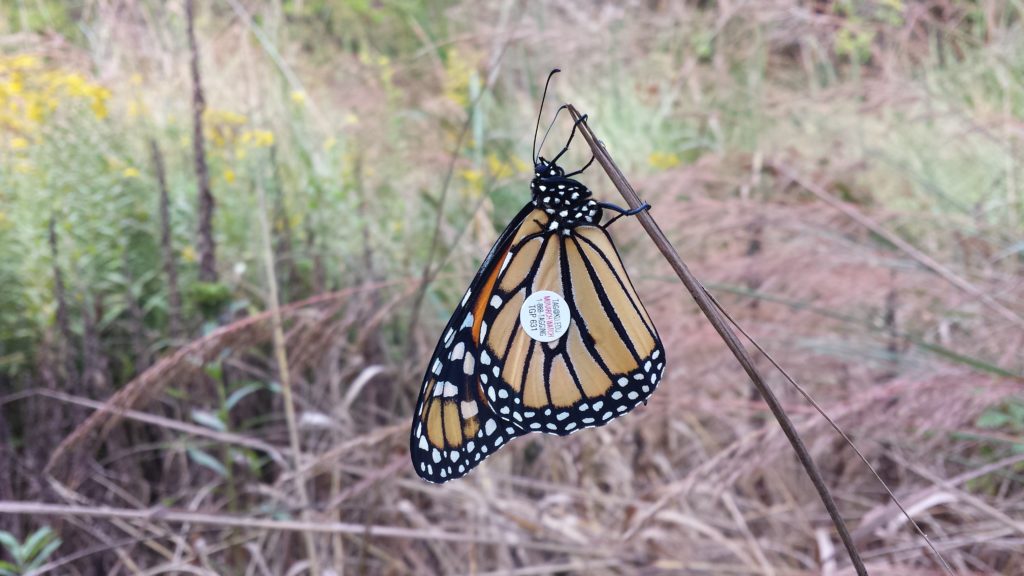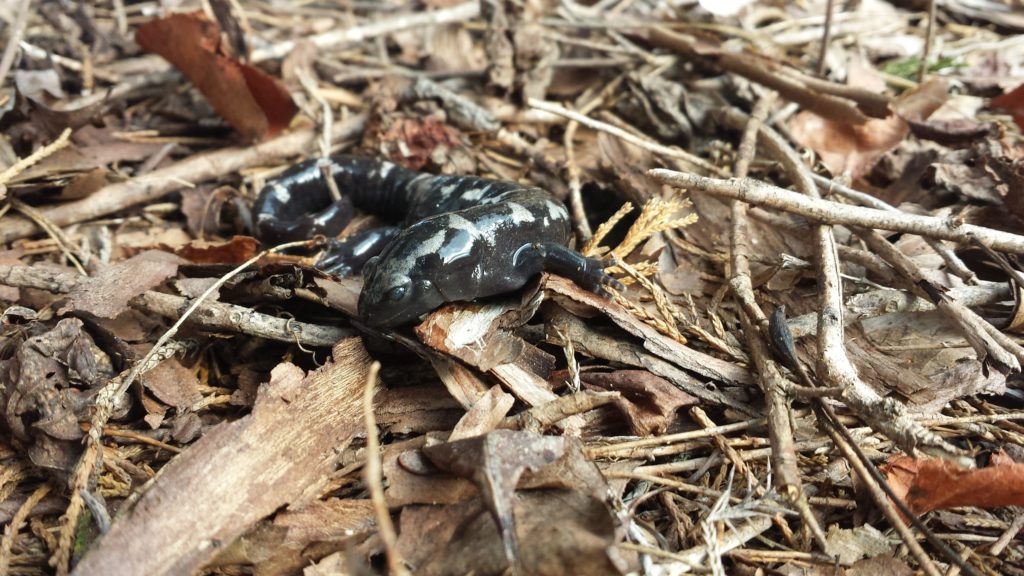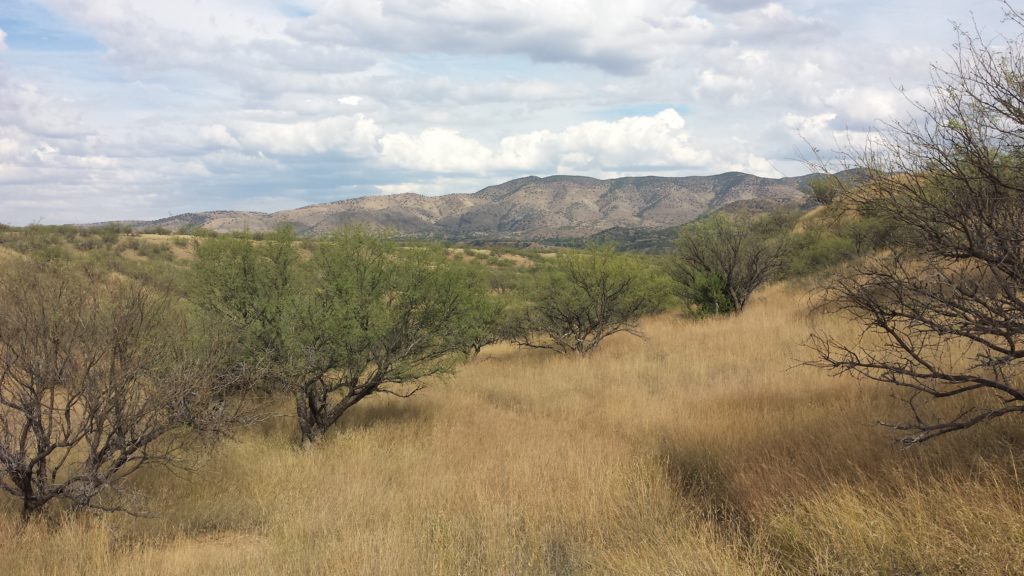Wildlife Corridor Preservation
Core habitats have long been acknowledged as a critical component for wildlife conservation. An area large enough to support a sustainable population is vital if we are to preserve wildlife. But the conservation community is beginning to focus on the habitat in between –the wildlife corridors that allow species to migrate between core habitats or to simply wander throughout their range.
Too often the protection of these essential habitats has been overlooked. The lack of protection for wildlife corridors can have an enormous impact on wildlife populations.
Fortunately, new advances in GPS tracking are helping wildlife biologists better understand the location and importance of wildlife corridors. The recently introduced Wildlife Corridors Conservation Act of 2019 could lead to the protection of these wildlife corridors at the federal level.
What Is a Wildlife Corridor?
A wildlife corridor is a distinct component of the landscape or seascape that provides habitat or ecological connectivity and allows for fish, wildlife or plant movement. Wildlife corridors provide wildlife with migratory pathways, increase genetic diversity, help reduce human-wildlife conflicts and can help reestablish populations in core habitats after a random catastrophic population loss (such as a wildfire).

One notable example is the wildlife corridor used by one population of Pronghorns in Wyoming. This population migrates from its breeding grounds in Grand Teton National Park to its wintering grounds near Pinedale, WY. The 150 mile trip is one of the longest terrestrial migrations in the Western Hemisphere. This corridor is critical to the survival of this population of Pronghorns and in some areas is as narrow as 350 feet! If this wildlife corridor is lost, we could lose the 300 member herd of Grand Teton Pronghorns. Fortunately, an effort called “Path of the Pronghorn” is beginning to successfully protect this critical wildlife corridor. This work includes underpasses and overpasses to reduce vehicle collisions, landowner outreach, wildlife friendly fencing, land preservation and more.
Read More About Wildlife Corridors: Undeveloping for Wildlife

Photo by Chris Pupke
Loss of Wildlife Corridors are Detrimental
The loss of wildlife corridors can have very detrimental impacts on wildlife. According to research conducted by the University of Wyoming, Mule Deer suffer negative health effects when they lose their historic migration corridors, and this loss is a contributing factor to the decline of Mule Deer populations.
Conservationists are working to establish wildlife corridors around the world. Elephants Without Borders is seeking to establish elephant wildlife corridors in Angola, Botswana, Namibia and Zimbabwe. A jaguar wildlife corridor has been proposed from Mexico to Argentina. In Europe, a coalition of conservationists is seeking to establish a cross-continent wildlife corridor across the former Iron Curtain.
Wildlife corridors need not be continental in scope nor focused on large, migrating mammals. In Vermont, state, federal and private agencies partnered to create a wildlife corridor that allows a wide variety of amphibians to safely cross under a state highway near Monkton, a journey of only a few yards but one that was proving far too costly for far too many individual frogs, salamanders and toads.

Photo by Chris Pupke
Wildlife Corridors Conservation Act:
On May 16, 2019, the Wildlife Corridors Conservation Act of 2019 was introduced into both the House of Representatives and the Senate. U.S. Representative Don Beyer (D-VA) and U.S. Senator Tom Udall (D-NM) introduced the legislation. Co-sponsors included U.S. Senators Kamala Harris (D-CA), Cory Booker (D-NJ), Jeff Merkley (D-OR), Ron Wyden (D-OR), Richard Blumenthal (D-CT), Bernie Sanders (D-VT), Sheldon Whitehouse (D-RI) and Jon Tester (D-MT). Rep. Vern Buchanan (R-FL) co-sponsored the legislation in the House of Representatives.
The legislation calls for the following measures:
- the designation of national wildlife corridors by federal agencies on federal land to help reduce public and wildlife conflict;
- the establishment of a grant program to fund voluntary conservation efforts on private land and Tribal lands;
- the establishment of regional councils to identify priority regional projects on non-federal lands;
- the establishment of a National Coordination Committee to develop a national plan to protect wildlife corridors;
- the establishment of a Wildlife Corridor Stewardship Fund to provide financial support for the management and protection of National Wildlife Corridors on federal lands;
- the creation of a database to inform connectivity decisions throughout the nation; and
- the establishment of a Tribal Wildlife Corridor initiative to encourage Tribes to utilize and expand wildlife corridors on Tribal lands.
Sen. Udall stated: “Scientists are raising the alarm that we are almost out of time to save the planet as we know it. Widespread habitat destruction is leaving scores of animal and plant species both homeless and helpless. We must act now to conserve wildlife corridors that would save species and mitigate against the mass extinction crisis we are rapidly hurtling toward.”
Rep. Beyer said: “With roughly one in five animal and plant species in the U.S. at risk of extinction due to habitat loss and fragmentation, one of the simplest yet most effective things we can do is to provide them ample opportunity to move across lands and waters.”
Renowned biologist Dr. E.O. Wilson stated: “The National Wildlife Corridors Conservation Act would provide the most important step of any single piece of legislation at the present time in enlarging the nation’s protected areas and thereby saving large swaths of America’s wildlife and other fauna and flora.”
States are taking notice of this type of legislation. New Mexico recently passed its own state legislation that would help protect wildlife corridors. New Hampshire, Virginia, Pennsylvania and Oregon have contemplated similar legislation.

Read More: Jaguars in the United States?
Biophilia Foundation’s Work For Wildlife Corridors:
Biophilia Foundation is committed to protecting wildlife corridors. We support Wildlands Network, the leading organization for local and regional corridor creation and the Wildlife Corridors Conservation Act effort. Wildlands Network is dedicated to reconnecting, restoring and rewilding North American so that life in all its diversity can thrive. I am proud to have recently become a member of the Board of Directors of Wildlands Network. You can learn more about Wildlands Network and their efforts on wildlife corridors here: https://wildlandsnetwork.org/policy/wildlife-corridors-conservation-act/
Biophilia Foundation is helping to establish a wildlife corridor in Southern Arizona. The project, south of Tucson, is protecting 1100 acres of land located between two different segments of the Coronado National Forest. Once planned for almost 200 homes, the property was purchased to protect the wildlife corridor which has been designated by researchers at Northern Arizona University as one of the most important wildlife corridors in the Southwest.
Critical Corridor for Jaguar
We recently engaged and now support a multi-partner cross-border effort in Northern Sonora/Southern Arizona to identify properties to form a corridor critical for jaguar (and hence many other species) migration and strategies to protect and enhance these private lands for that purpose.
I encourage folks to learn more wildlife corridors and to contact their state and federal legislators to let them know how important these habitats are for biodiversity.
Sources:
https://beyer.house.gov/news/documentsingle.aspx?DocumentID=457
https://www.congress.gov/bill/115th-congress/house-bill/7232/text
https://www.europeangreenbelt.org/
https://www.panthera.org/initiative/jaguar-corridor-initiative
https://royalsocietypublishing.org/doi/full/10.1098/rsbl.2006.0508

Recent Comments